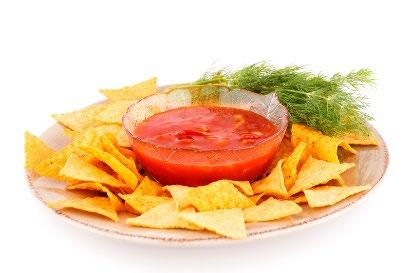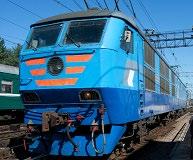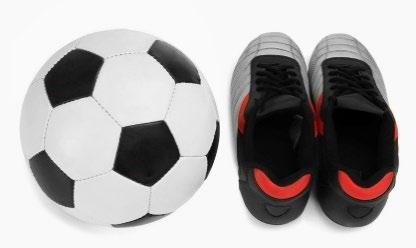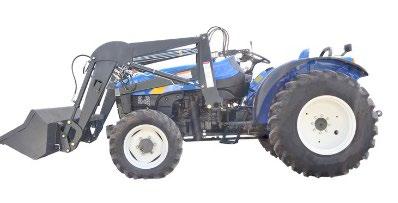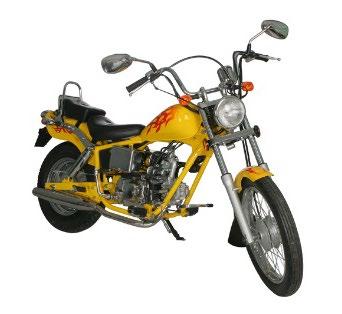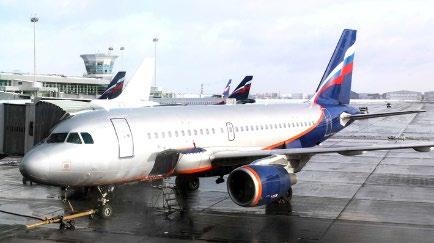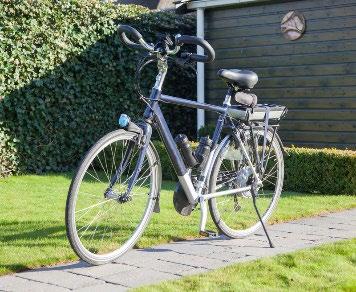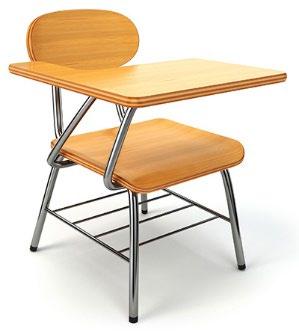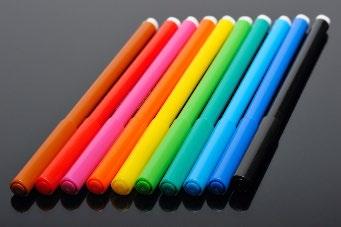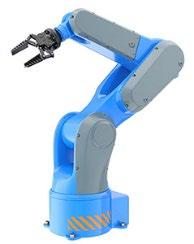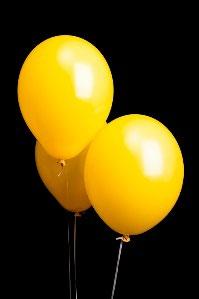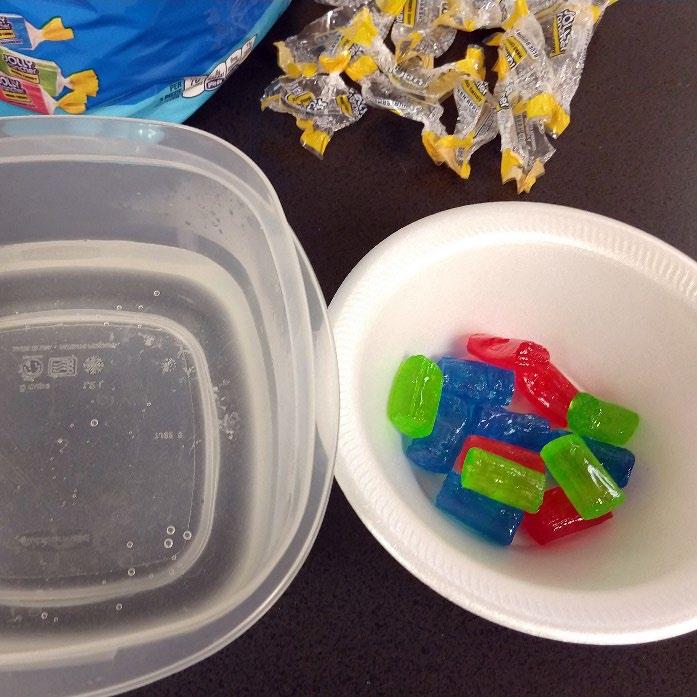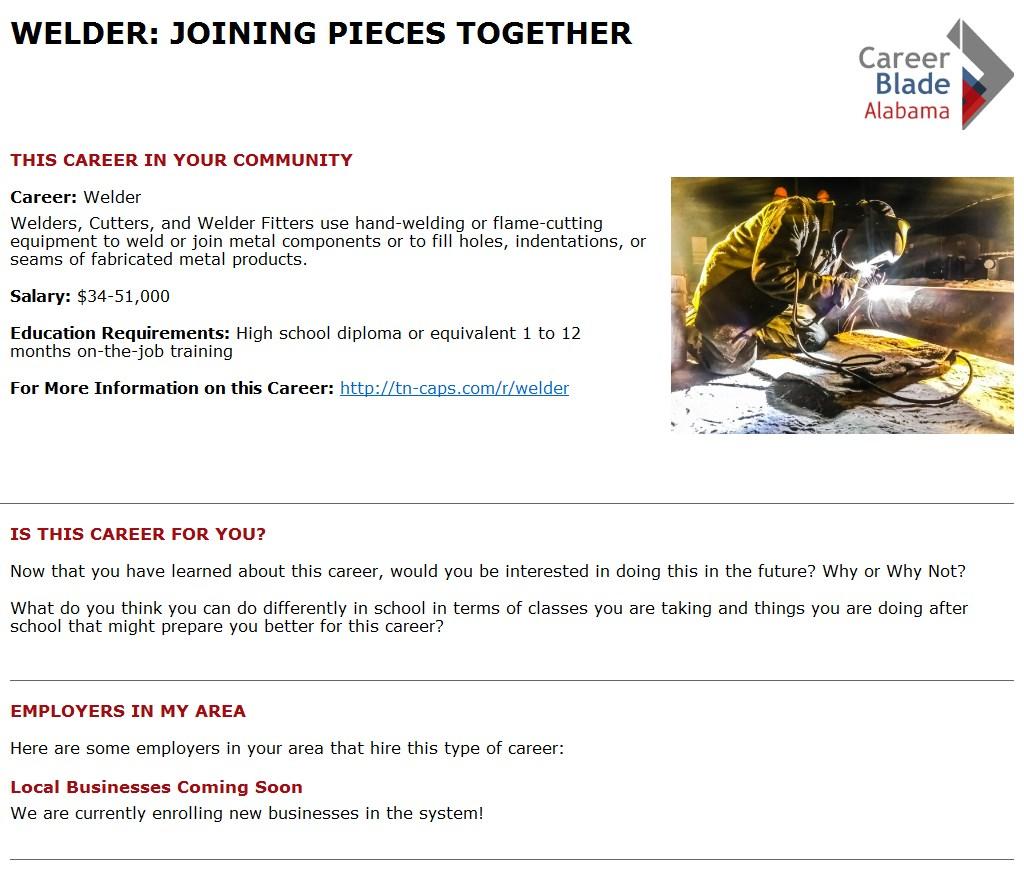WELDER: JOINING PIECES TOGETHER!


LESSON PLAN OVERVIEW

Career: A welder uses welding equipment and heat to join metal pieces together, fill holes and gaps, and seam together metal products.
Lesson: This lesson plan includes ways to introduce students to the career of welding. Students will learn what a welder is and what they do by identifying common products that are welded together. Students will also perform an experiment “welding” two pieces of candy together to simulate how welders join metal pieces together.
Grade Level: Elementary Grades
Learning Objectives:
〉 Students will explore the career of a welder by identifying everyday things that are welded together.
〉 Students will complete an activity that simulates the welding process using candy and water.
〉 Students will gain a basic understanding of the work welders perform.
Materials Needed:

Activity #1: What is Welding?
〉 Student Worksheet: What is Welding?
Activity #2: Let’s Weld!
〉 Student Worksheet: Let’s Weld!
〉 Individually or in groups
〉 Suckers (two per student or group)
〉 Small container with water
〉 Wax paper or parchment paper

TEACHER GUIDE
Lesson Instructions: This lesson plan will help you introduce students to basic concepts underlying welding. Begin the lesson by reading the Class Message below to your students, then have them watch the recommended career video. Afterwards, facilitate a discussion using the Class Questions listed below
After the discussion, students will work on two activities. Each activity has a printable worksheet with student instructions and areas to record their work. Familiarize yourself with the student worksheets so you can demonstrate the activity and facilitate the discussion that ends each activity. Read the worksheets to students before beginning each activity.


Class Message: Today, we are going to learn about what welders do Does anyone know what a welder is? A welder uses a very hot torch to make two pieces of metal stick together by melting the metal. Welders help make cars and airplanes, build skyscrapers, and build big ships.
We’re going to play a game and see if we can find things in our classroom or school that were made by welding metal together. After that, we’ll perform an experiment to see if we can get two pieces of candy to stick together like the pieces of metal that welders stick together.
Let’s watch this short video to learn more about what welders do on the job.



Class Discussion Questions:
〉 Can you think of some metal things at your home or at school that might have been welded together? - Possible responses: bicycle, scooter, table, desk, appliances, etc.
〉 What do you think a welder would do to make a bicycle? - Possible responses: takes all of the parts and welds them together; uses heat to stick the pieces together. What are some other things that a welder might have made? - Possible responses: car, train, boat, airplane, etc?
Activities Overview: This lesson plan includes two student activities. In Activity #1, students will identify common products that are welded together. In Activity #2, students will perform an experiment welding two pieces of candy together to understand how two things can be joined together through melting

Activity #1: What is Welding?
In this activity, students will identify common products that are welded together.
Activity Instructions:
〉 Hand out activity worksheet.
〉 Facilitate introduction of activity.
〉 Walk students through the instructions for the activity.
〉 After completion, facilitate discussion questions for this activity.


Activity Results: This activity introduces students to welding by being able to identify items that have been welded together.
Activity Discussion:
〉 What items on the worksheet did you think were made by a Welder? By a show of hands, how many selected ______ and so on. - Car, desk, train, motorcycle, airplane, robot, tractor, bicycle.
〉 Why did you select these things? - Allow students to share reasons why: possible responses – they are made out of metal.
〉 Why do you think these things have to be welded together? - Possible responses: to make the pieces stick together; to make them strong; so they will work properly, etc.


Activity #2: Let’s Weld!
In this activity, students will perform an experiment in welding using two pieces of candy and warm water to see how the candy can be “welded” together through melting.
Activity Instructions:
〉 Hand out activity worksheet.
〉 Students can complete the activity individually or in groups.
〉 Handout materials needed: suckers (2 per student or group), wax or parchment paper, small container of warm water.
〉 Facilitate an introduction to the activity.
〉 Walk students through the instructions for the activity.
〉 After completion, facilitate a discussion using the questions for the activity.

Activity Results: This simple experiment helps students to understand the basic concept of welding metal parts together using heat. It demonstrates how items are welded together by using heat to melt metal which then cools to form a strong bond between the metal pieces. In this activity, warm water is used to metal the sugars in two pieces of candy to form a bond.

Activity Discussion:
〉 Why do you think the two suckers stuck together? - Allow students to share their results: because the warm water melted the sugar in the suckers and when cooled, they hardened back together.
〉 How is making the suckers stick together like what welders do? - Possible responses: it shows how a welder makes things by melting metal to join items together.
〉 Why do you think you have to melt metal to make two pieces of metal stick together? - Possible responses: it’s like using glue, you need a liquid to glue two things together.


CAREER INSIGHT
Career Highlight: This lesson plan highlights some of the skills a welder uses on a daily basis to weld materials together. See the Employers in My Area section to contact businesses and organizations in your area about classroom demonstrations, on-site visits, or other additional career exposure opportunities.
Featured Career:
Welders, Cutters, Solderers, and Brazers
Career Descriptions: Welders use handwelding or flame-cutting equipment to weld or join metal components or to fill holes, indentations, or seams of fabricated metal products.
Welders, cutters, solderers, and brazers typically do the following:

〉 Study blueprints, sketches, or specifications
〉 Calculate the dimensions of parts to be welded
〉 Inspect structures or materials to be welded
〉 Ignite torches or start power supplies
〉 Monitor the welding process to avoid overheating
〉 Maintain equipment and machinery
Welding is the most common way of permanently joining metal parts. In this process, heat is applied to metal pieces, melting and fusing them to form a permanent bond. Because of its strength, welding is used in shipbuilding, automobile manufacturing and repair, aerospace applications, and thousands of other manufacturing activities. Welding also is used to join steel beams in the construction of buildings, bridges, and other structures and to join pipes in pipelines, power plants, and refineries.
Other Names for this Career: Fabrication Welder, Fabricator, Fitter/Welder, Welder, Welder/Fabricator, Maintenance Welder, Aluminum Welder, Sub Arc Operator, Welder-Fitter, MIG Welder (Metal Inert Gas Welder)






